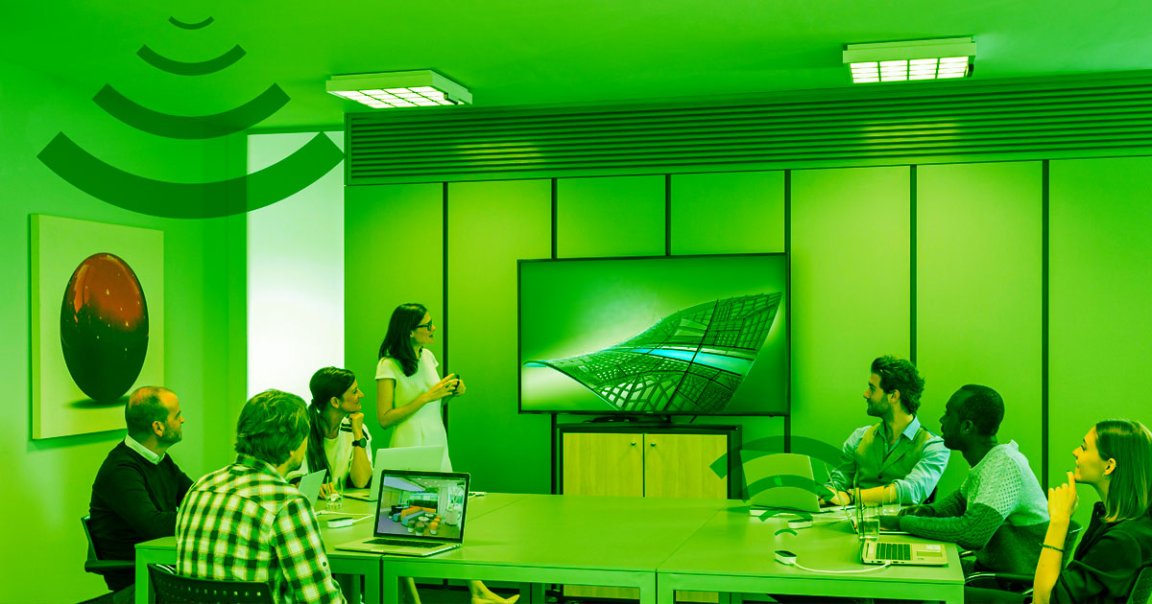
Bright Idea
Smart electronics company Signifiy just announced a futuristic take on the internet of things: the Trulifi, a smart lightbulb that can beam data streams using light instead of WiFi.
“Wherever there’s light, there can now be wireless communication,” promises Olivia Qiu, Chief Innovation Officer at Signify, in a press release.
Li-Fi
The technology behind the bulb, called Li-Fi, can transmit data from your ceiling light to your smartphone or laptop at up to 150 Mbps — roughly the speed of your average WiFi router. To get a signal, you’ll have to shell out for both a bulb transceiver and a USB access key.
The advantage of this technology is that it doesn’t deal with the shortcomings of having a million devices share the same radio frequency spectrum, especially in busy environments like an office.
Shadow of a Doubt
The idea, however, has been around since 2011. Harald Haas, inventor of Li-Fi, gave a TED talk back in 2011, imagining a future where every light bulb could transmit data.
Li-Fi never really took off, as The Verge points out. The requirement of an external adapter and the fact that the signal can be easily blocked by a shadow didn’t exactly sell the feature. But its limited range could actually be its biggest selling point: it could be useful for security applications.
READ MORE: Philips Hue company announces lights that beam data at 250 Mbps [The Verge]
More on Li-Fi: Li-Fi: Meet the Wireless Tech That’s 100 Times Faster Than WiFi